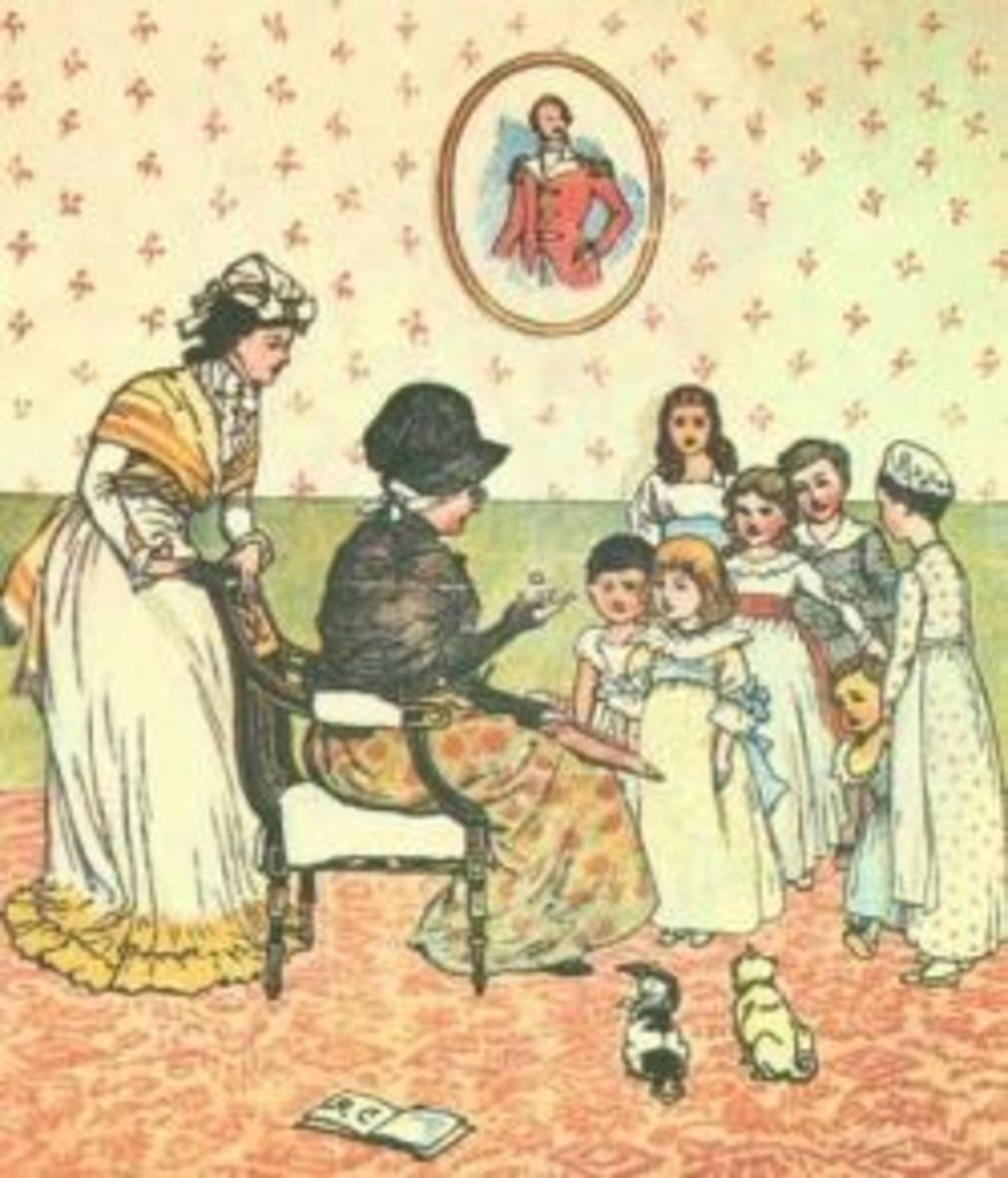How to Write Great Characters
Great characters must have two main components. First they need charisma and a strong, magnetic personality. They must also have a clear function within the story. They need to change and grow as a person as the plot unfolds. They need clear motivations and they must effect the growth of the story.
Step # 1: The Idea
Start with a general idea of what your character will be like. You don’t need any specifics at this point. An image of them in your head, a name or a profession is a good start.
Step # 2: Brainstorm
Sit down at your computer or desk and take a few minutes to brainstorm about this character. Jot down ideas about background, likes and dislikes, appearance. A better picture will begin to form in your mind.

Step # 3 The Role
If you don’t have an idea for a story yet your character may lead to one in which he or she plays a central role. They can be the hero, the villain or even a supporting character. If you started with a plot idea or a theme this is the time to decide what role your new character is going to play in the plot.
Step # 4 The Questionnaire
Find a questionnaire, they are all over the internet. Answer basic questions about your character like name, age, date of birth, physical appearance, pet peeves, favourite food, personal habits, fears etc. This will help you get to know your character personally, even if many of these things don’t have any bearing on your story.
Step # 5 Shorts
Now that you are becoming more familiar with your character take a moment to write a short story. It can be very short. An event, conversation or detailed description. This will help you to feel out your character’s dimensions.
You can also take this time to put your character in different situations and try to figure out how he or she would respond. What if they were running late and stuck in traffic? Are they kind to a homeless person who asks for change? How is there relationship with their parents or siblings?
Remember that we are the sum of our experiences. Your character needs to have a past, a family history, and a whole lot of experiences that will govern how he or she reacts to the world. Their life doesn’t start when you write your first sentence (usually).
Step # 6 The Interview
A favourite tool of mine is to interview my main characters. Either find or come up with a list of interview questions and answer them as your character would. Pay attention to mannerisms, inflection, slang etc that your character would use. This is much different from the questionnaire as you are writing dialogue from your character’s mouth. The famous Proust Questionnaire, named for French novelist Marcel Proust, is a great choice.
Step # 7 The Change
The main characters in your story will need to undergo a major change. By the climax they will be a very different person than they were in chapter one. This change can be emotional, spiritual or intellectual, it would be best if it was all three. It’s important to figure out what kind of a change your character is going to experience throughout the story. The change is often something that the character learns that drastically changes their outlook on life, it may be a lesson that every reader can benefit from.
Your main characters (and your villain) also need to have an inner struggle that they are dealing with throughout the story. By the end of the novel that struggle will most likely be resolved. I always make sure that my villain experiences a major change as well, as a strong villain is integral to a good story.
Step # 8 Motivations
Every character, no matter how important, needs to have clear motivations that govern their actions. Those motivations can be simple (a hungry person wanting something to eat, world domination, money) or extremely complex. Not every character will know what their own true motivations are but as the writer you need to.
When I write a scene I take a moment before I begin to figure out what is motivating each character. Their motivations may be different in each scene but they will be moving always towards the same goal. Every word they say and everything they do needs to be governed by their motivation.
Step # 9 The Name
Your character’s name may be the first or last step. Or it may come some time in the middle. You may start with one name and later change it. Perhaps the name becomes obvious as your writing your descriptions. You have the option to pick a name based on its sound or meaning. Does the character’s name have any bearing on who they are? Are they a boy named Sue who hates their name? Or a girl named after her mother, who was named after her mother and takes great pride in it?
Giving a character a strange name can be fun but distracting if there is no clear reason. Fantasy and sci-fi writers have a lot more freedom than someone writing a modern drama or action. Sometimes picking the most normal, boring name is the best choice. Other times the best choice may be Sunshine Space Tweezers.
Step # 10 Write!
Now that you have gone through every step, you can start writing your novel. There are a lot of steps to go through, and if you do each one well creating your characters may take weeks. By the end of it though you should have three dimensional characters with all the believability of your friends and neighbours!
It’s important to answer all these questions, and go through all these steps for heroes as well as villains. If your villains are flat, poor foils or obviously created purely because you needed a villain the reader is going to be able to tell immediately and they will most likely get bored with your book and pick up something else.
You don’t however have to do full character descriptions for your supporting characters. They should have motivations, but you don’t need to know all about their backgrounds as long as they are serving a purpose.
You know you have a great character when:
You’re working on your plot when suddenly the character looks up at you from the page and says,
“Excuse me, narrator. There is no way I would do that! I don’t care if it gets you to the next the chapter. I am simply not stupid enough to run outside alone when I’m pretty sure the killer is out there. You are just going to have to find another way to keep things moving.”
Good luck and get writing!



